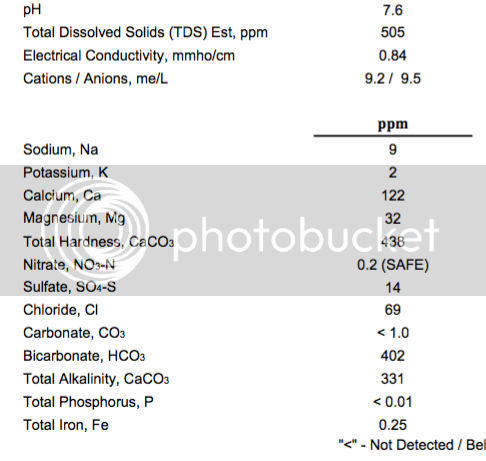Silver_Is_Money
Larry Sayre, Developer of 'Mash Made Easy'
Fortunately for all of us, Weyermann has published its own primer that informs us that their typical lot strength batches of Sauermalz (acid malt), when added at a grist weight of 1%, will shift mash pH downward by 0.1 pH for most recipes. This sets a sound limit by which to test the validity of the OP's claim of 9.93 mL of lactic acid, as well as to test the general validity of any mash pH assistant software.
To aid in this, Kai Troester made the (measured) observation that ~1.263 ounces of acid malt are generally the acid equivalent of 1 mL of 88% lactic acid.
Another powerful tool which you can easily use to quickly assess the general validity (or invalidity) of the output advice of any mash pH software, all complements of Weyermann and Kai.
To aid in this, Kai Troester made the (measured) observation that ~1.263 ounces of acid malt are generally the acid equivalent of 1 mL of 88% lactic acid.
Another powerful tool which you can easily use to quickly assess the general validity (or invalidity) of the output advice of any mash pH software, all complements of Weyermann and Kai.
Last edited:
















































![Craft A Brew - Safale BE-256 Yeast - Fermentis - Belgian Ale Dry Yeast - For Belgian & Strong Ales - Ingredients for Home Brewing - Beer Making Supplies - [3 Pack]](https://m.media-amazon.com/images/I/51bcKEwQmWL._SL500_.jpg)










